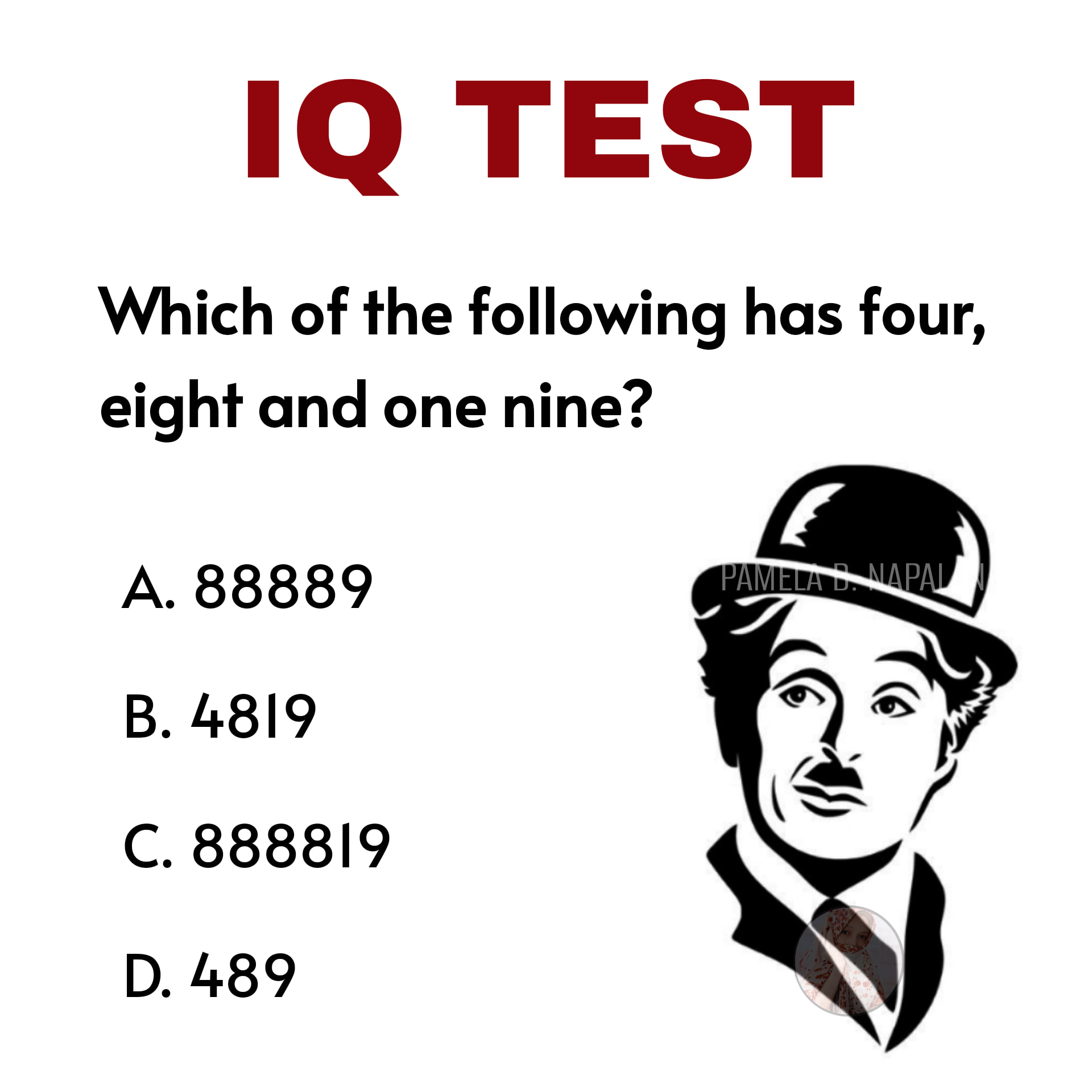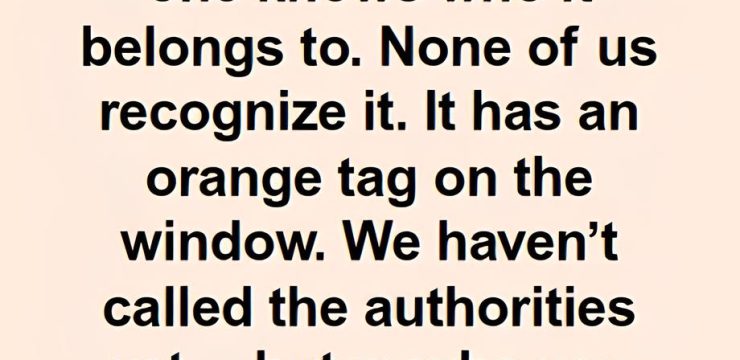Of all the IQ puzzles floating around online, one in particular continues to stump people—not because it’s overly complex or requires deep mathematical knowledge, but because it plays a clever trick on how we interpret language. At first glance, the challenge seems simple enough. You’re given a question: “Which of the following has four, eight and one nine?”

and then you’re presented with four number options: A. 88889, B. 4819, C. 888819, and D. 489. Your instinct might be to approach this like a straightforward counting task. After all, the wording makes it sound like you need to figure out which of the choices contains exactly four 8s and one 9. Sounds easy, right? But that’s where the puzzle gets you. This isn’t your typical “count-the-digits” riddle. It’s actually a clever wordplay question dressed up as a math problem, and that’s what throws so many people off. You see, the trick lies in how the phrase “four, eight and one nine” is interpreted.
It sounds like a description of digit quantities, but the real key is in how the numbers sound when spoken aloud. It’s less about what you see and more about what you hear. Let’s break this down and read each option out loud to uncover the real answer. Option A, 88889, when spoken becomes “eight eight eight eight nine.” Sure, it does literally include four 8s and one 9, which might seem like a perfect match on paper. But here’s the problem—it doesn’t contain the digit “four” or “one,” which are specifically mentioned in the puzzle’s wording. So even though the quantity might match, the phrasing does not, which means this choice doesn’t fully align with the question. Next is Option B, 4819. Now, when you read that aloud, it becomes “four eight one nine.”
This matches the question exactly, not only in terms of digit inclusion but also in the exact phrasing: four, eight, and one nine. This is a direct hit. The puzzle is asking not about the number of digits, but how the sequence sounds, and B nails it perfectly. Option C, 888819, sounds like “eight eight eight eight one nine” when said aloud. It has four 8s, a 1, and a 9, which sounds promising, but it lacks the digit “four.” And since the puzzle calls for “four, eight and one nine,” this option falls short as well.
Then there’s Option D, 489, which sounds like “four eight nine.” While it includes “four” and “eight,” it leaves out “one,” which is clearly part of the original riddle’s phrasing. Again, not a match. When you really think about it, the correct answer is crystal clear: Option B, 4819. It perfectly mirrors the question both in visual digits and in how it sounds when spoken aloud—“four, eight, one, nine.” This puzzle serves as a fun reminder that not all IQ challenges are about raw math skills or logic puzzles. Some are about language, sound, and thinking creatively. It encourages people to step outside the traditional mindset and consider alternate ways of interpreting information. What makes this puzzle so tricky—and brilliant—is how it disguises a language game as a number game. It relies on your brain defaulting to counting and calculation, only to surprise you with the realization that the answer was phonetic all along. If your first instinct was to pick Option A because you focused on the quantities—four 8s and one 9—don’t worry, you’re in good company. That’s exactly why the puzzle is so effective. But if you paused and realized that the question might be about how the numbers sound when spoken instead of how they look on the page, congratulations—you have a sharp ear, a curious mind, and the kind of thinking that goes beyond the surface.





